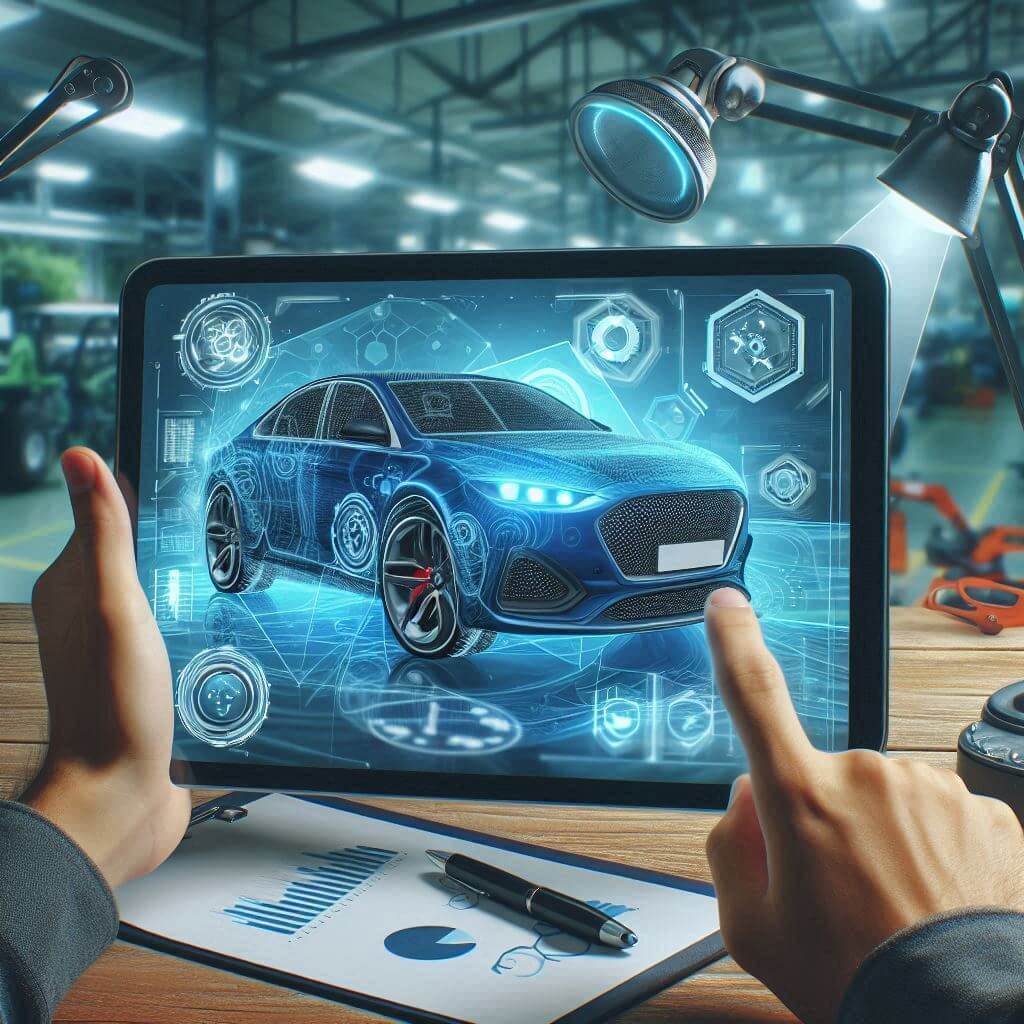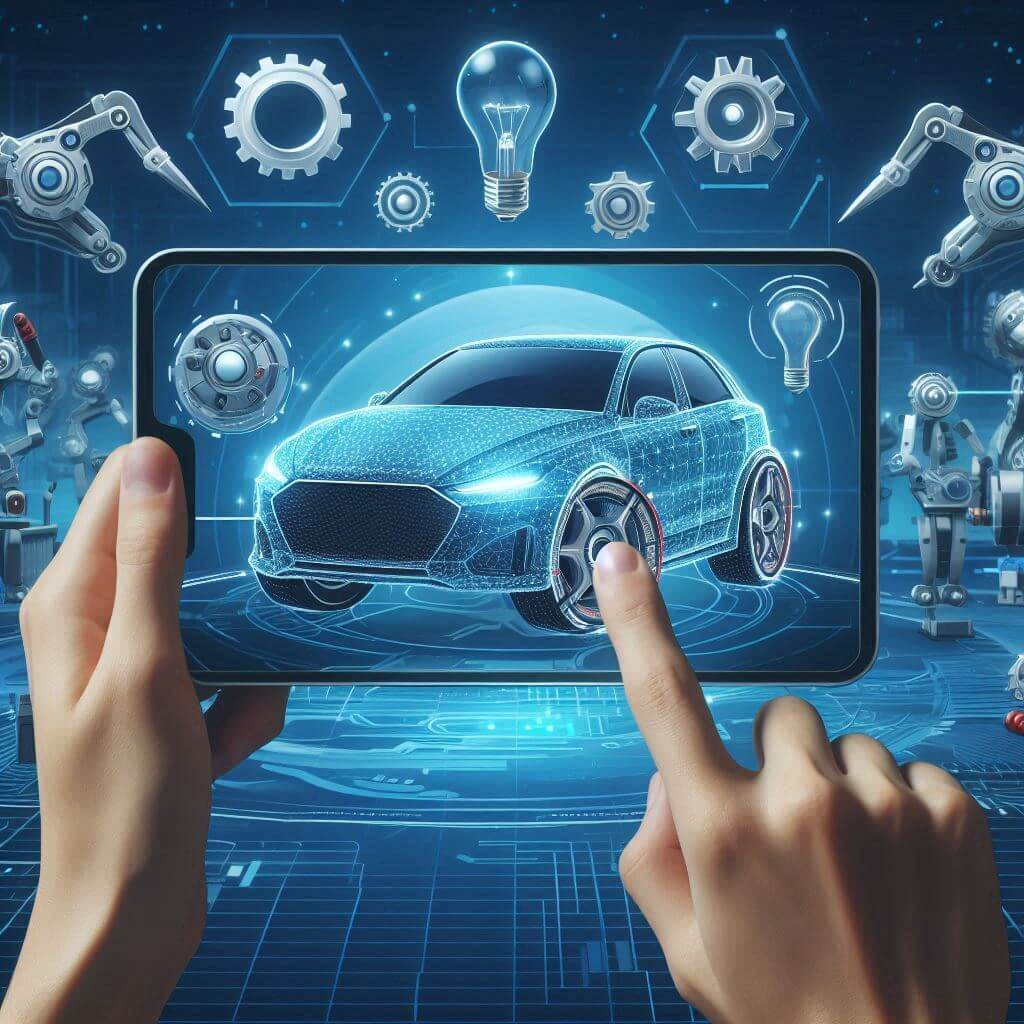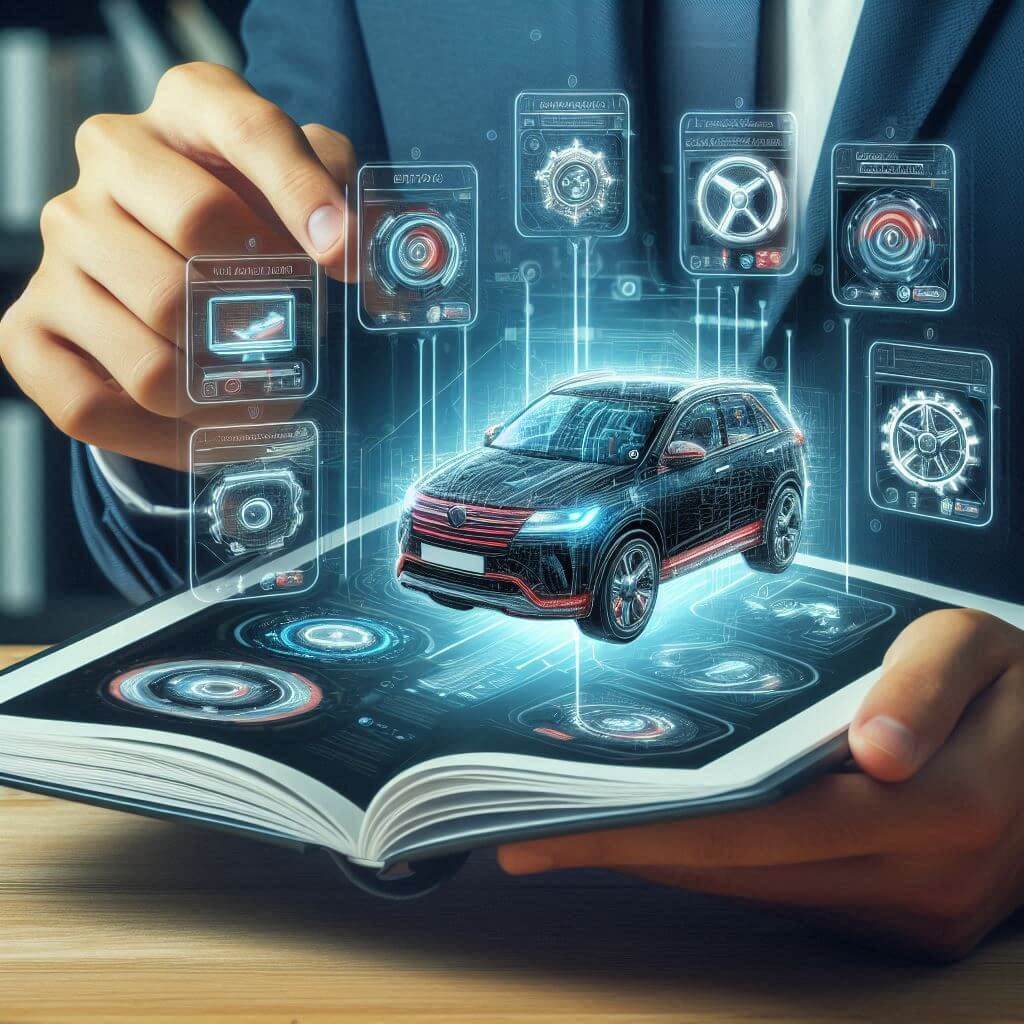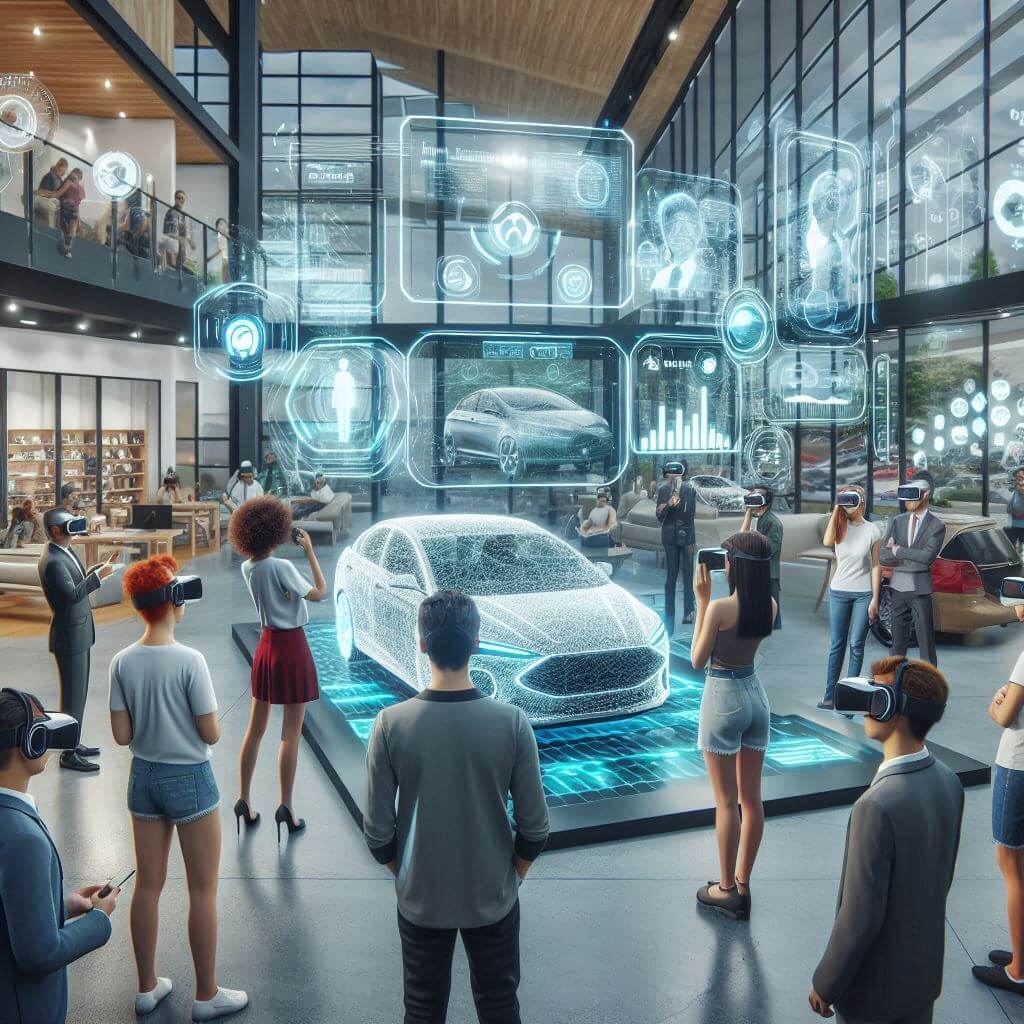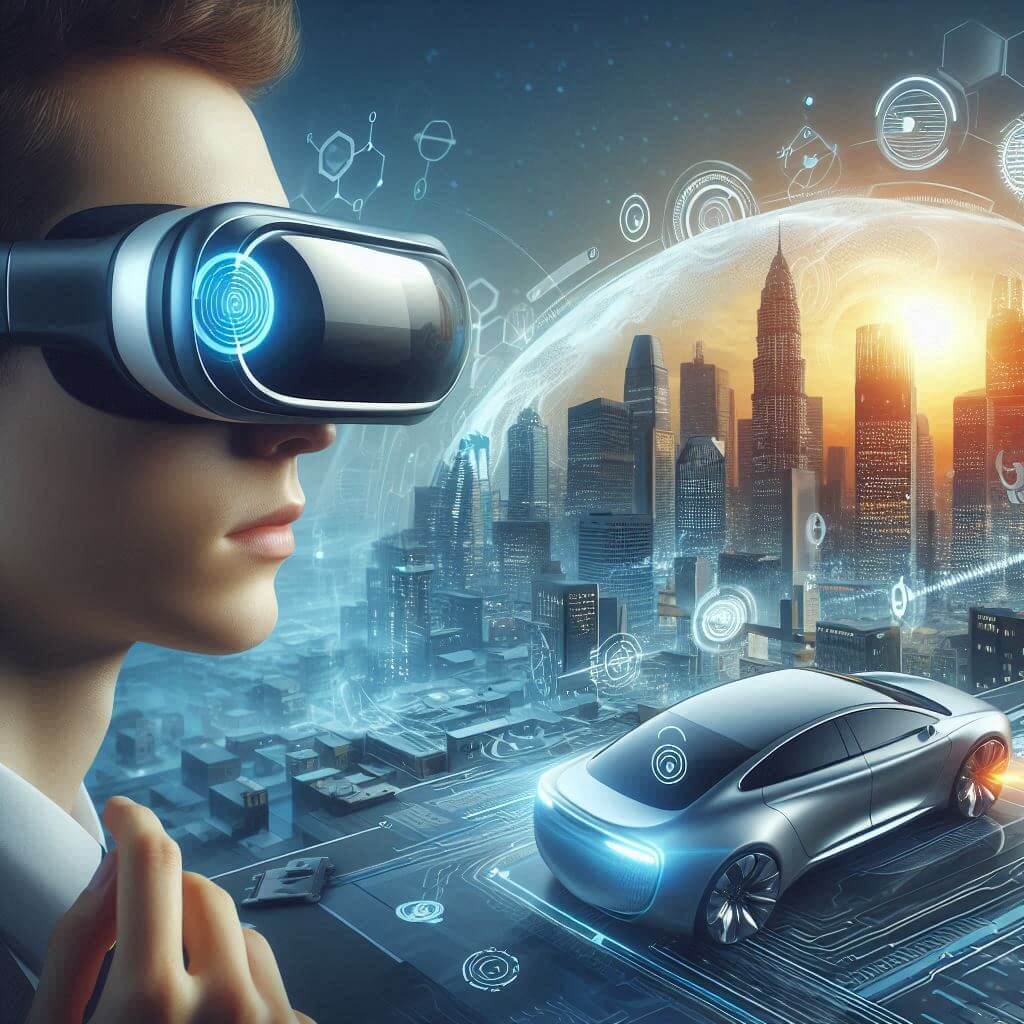Are you ready to harness the power of Augmented Reality in your automotive business?
At LetsNurture, we specialize in AR solutions tailored to the automotive sector. If you are looking to leverage AR for your company, contact our team of experts for a free consultation today.





